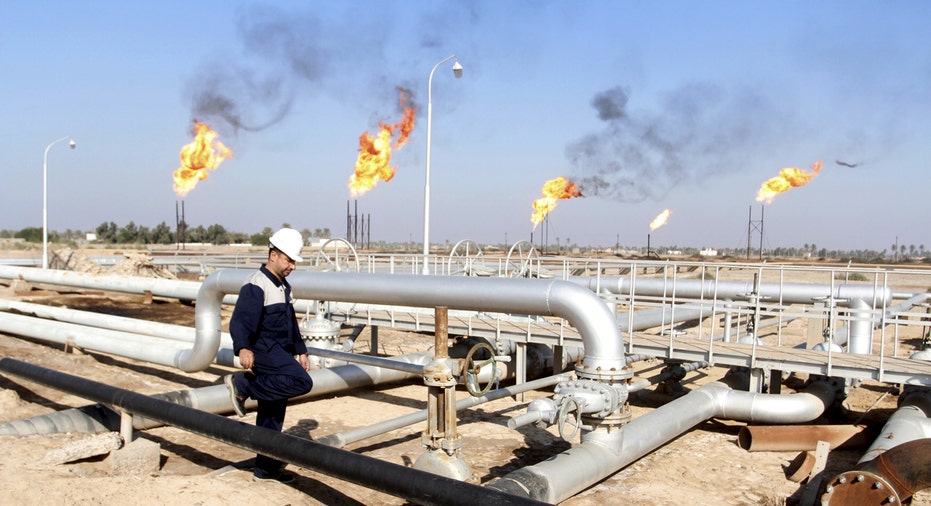Oil Falls Further Under $50 on Asia Demand Concern

Oil fell on Monday over signs that U.S. shale drillers have adapted to lower prices and on renewed indications of economic weakness in Asia where refiners are already trimming crude runs.
Brent crude was trading at $46.43 per barrel at 1205 GMT, down 33 cents from its last settlement. U.S. West Texas Intermediate (WTI) crude was down 30 cents at $45.11 a barrel.
Physical markets were also under pressure. Rising Canadian oil flows are having difficulty finding space in pipelines, weighing on Canadian prices.
Iran set the official selling price of its light grade for Asia at $0.45 above the Oman/Dubai average for August, down 40 cents on the month.
Traders said the lower prices were a result of Asian refiners beginning to cut crude orders, and also due to the region's economic slowdown.
"Economic run cuts are finally starting in a few markets, but more may be needed," Morgan Stanley said.
Several Asian refiners are maintaining or reducing crude throughput in July and August after refineries around the region in the first quarter binged on the cheapest crude in over a decade.
China's economic growth likely cooled to a fresh seven-year low of 6.6 percent in the second quarter, according to a Reuters poll of 61 economists, its weakest in seven years.
An oil pipeline leak at Iraq's southern port of Basra has been repaired and pumping has resumed without affecting exports, the Iraqi oil ministry said on Monday.
Basra Light crude oil loading had been suspended at two export terminals in Iraq's main oil export port, shipping and trade sources said earlier in the day.
Crude exports in August from Iraq's southern ports are set to fall to 2.79 million barrels per day (bpd) from 2.99 million bpd planned for July, according to a preliminary loading programme.
U.S. investment bank Jefferies sees the oil market establishing a solid base for higher prices ahead and forecasts prices at $70 a barrel by late 2017/early 2018.
"We believe that the oil market is in the early stages of a sustainable but protracted recovery."
"Supply/demand balances will transition to balance and then under-supply in the back half of 2016," the bank said, but warned that prices may not fully react to under-supply until inventories draw to more "normal levels".
Evidence that U.S. producers can live with crude of $45 or higher came as drillers added rigs for the fifth week in six, U.S. oil bankruptcies became sparse in June, and bullish U.S. oil bets dropped to near four-month lows.
(Additional reporting by Henning Gloystein in Singapore and Osamu Tsukimori in Tokyo, editing by William Hardy and Adrian Croft)



















